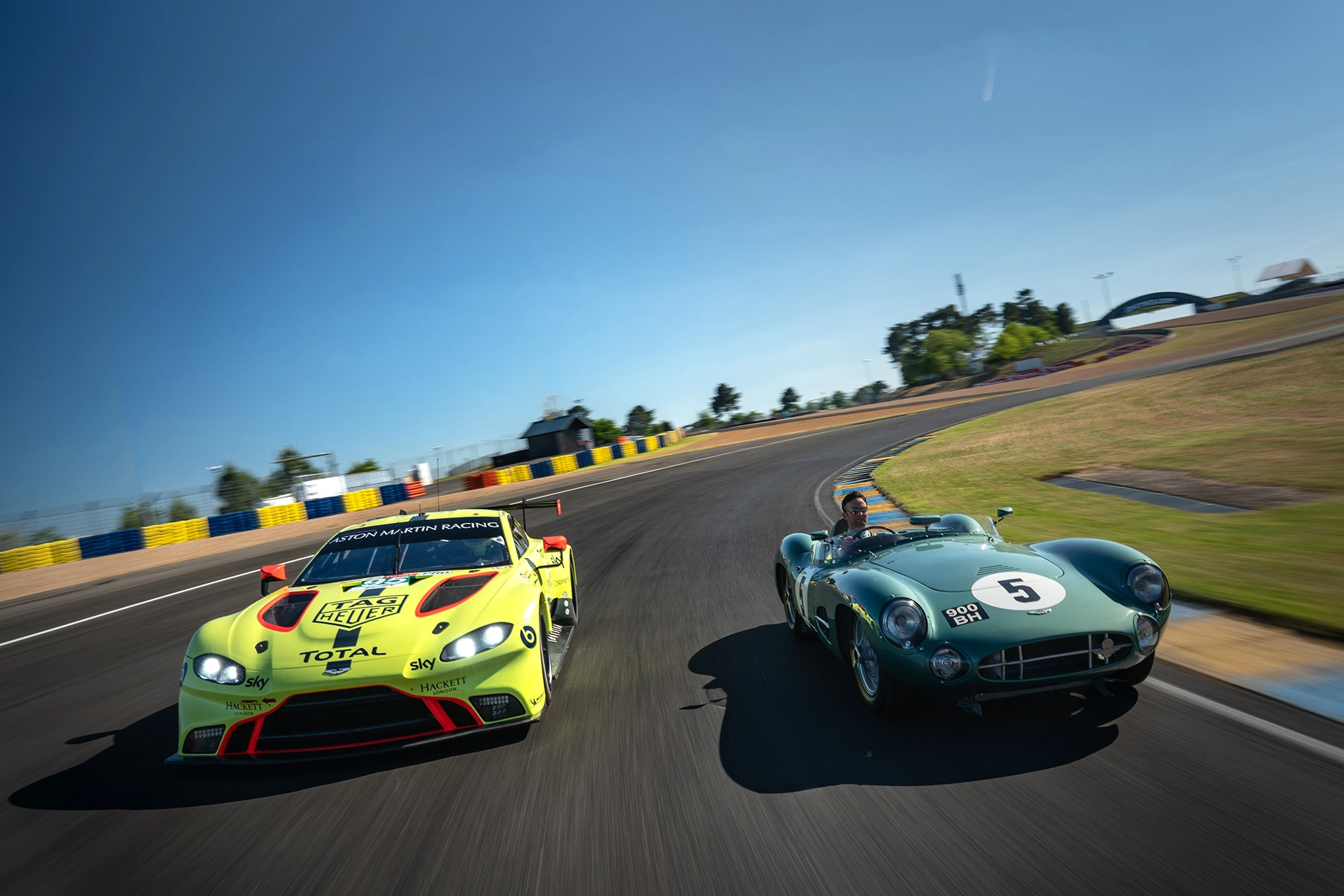Le Mans Yesterday and Today: Mazda
08 December 2024 4 min read 6 images

Photo credit: 24 Hours of Le Mans, Mazda, Wheelsage
The car world’s great Wankel illusion can never be forgotten. Outright victory at the 24 Hours of Le Mans is the universal certification of quality and reliability as well as performance.
Register to unlock this article
Signing up is free and gives you access to hundreds of articles and additional benefits. See what’s included in your free membership. See what's included in your free membership.
Already have an account? Log In


